Both the tenant and the landlord have their own roles to play when it comes to the responsibility for health and safety in a rented office.
Landlords and serviced office providers are responsible for ensuring the safety of the entire building and its communal areas, while tenants are responsible for the health and safety of their own staff.
This article will guide you through all aspects of health and safety in a rented office, including specific responsibilities for those in private offices (leased spaces, serviced offices) and coworking spaces.
Why Health & Safety Matters in Rented Offices
Health and safety measures are more than just a tick box to comply with the law. These measures protect your employees, reduce accidents and help your business run smoothly.
Clear health and safety guidelines help create a safe and productive working environment, whether you are renting a serviced office or a leased space.
Employer’s Legal Responsibilities Regarding Health & Safety
Regardless of the type of office space you are renting, as an employer, you have legal responsibilities. The Health and Safety at Work Act 1974 states that every employer in the UK must ensure the health, safety and welfare of all their employees.
Employers are responsible for:
• Conducting regular risk assessments.
• Appointing a health and safety representative.
• Training employees on health and safety procedures.
• Maintaining a safe workplace.
• Providing ergonomic furniture, especially for employees working on screens.
• Having a clear first-aid procedure and recording incidents.
It is important to note that even if you rent a serviced workspace as an employer, it is your responsibility to protect your employees within your office.
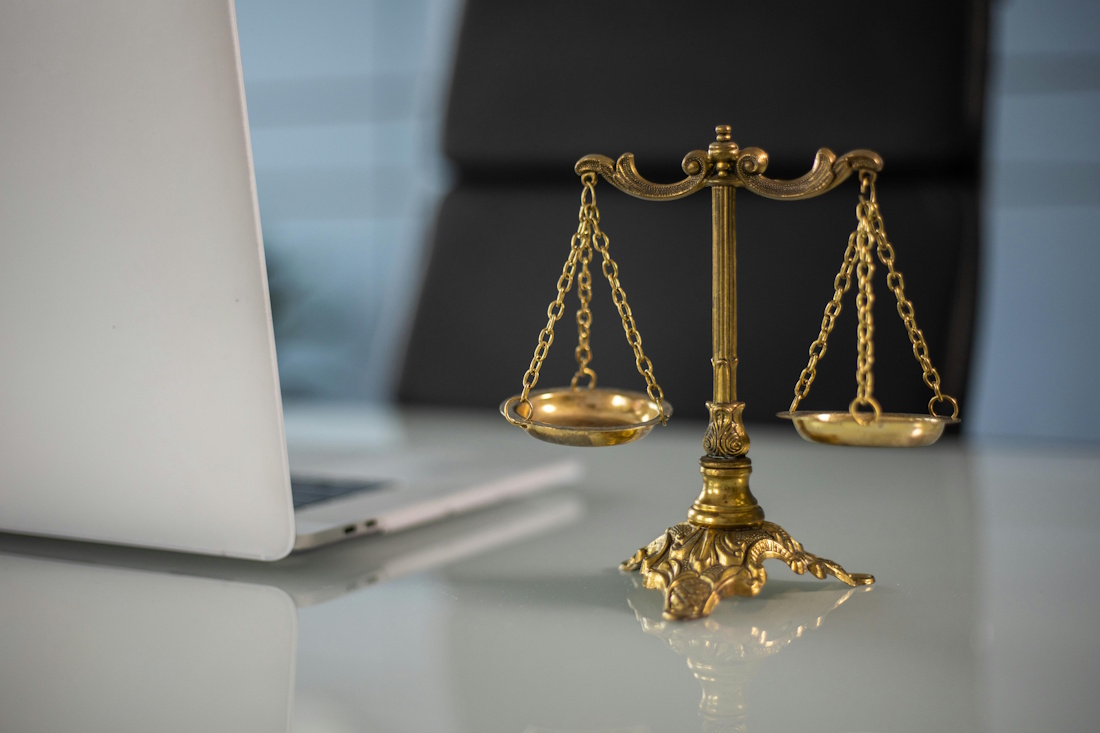
Health & Safety in a Traditional Leased Space
In a traditional leased space, most of the health and safety responsibilities are put on the tenant. It is important to check the terms of your lease to clarify any uncertainties.
Landlords are typically responsible for the structure of the building, which includes staircases, lobbies and lifts.
The landlord should focus on ensuring that the communal parts of the building are safe and compliant. This includes checking fire alarms and exits, maintaining roofs and windows, and making sure that any shared facilities, such as toilets or kitchens, are clean and working.
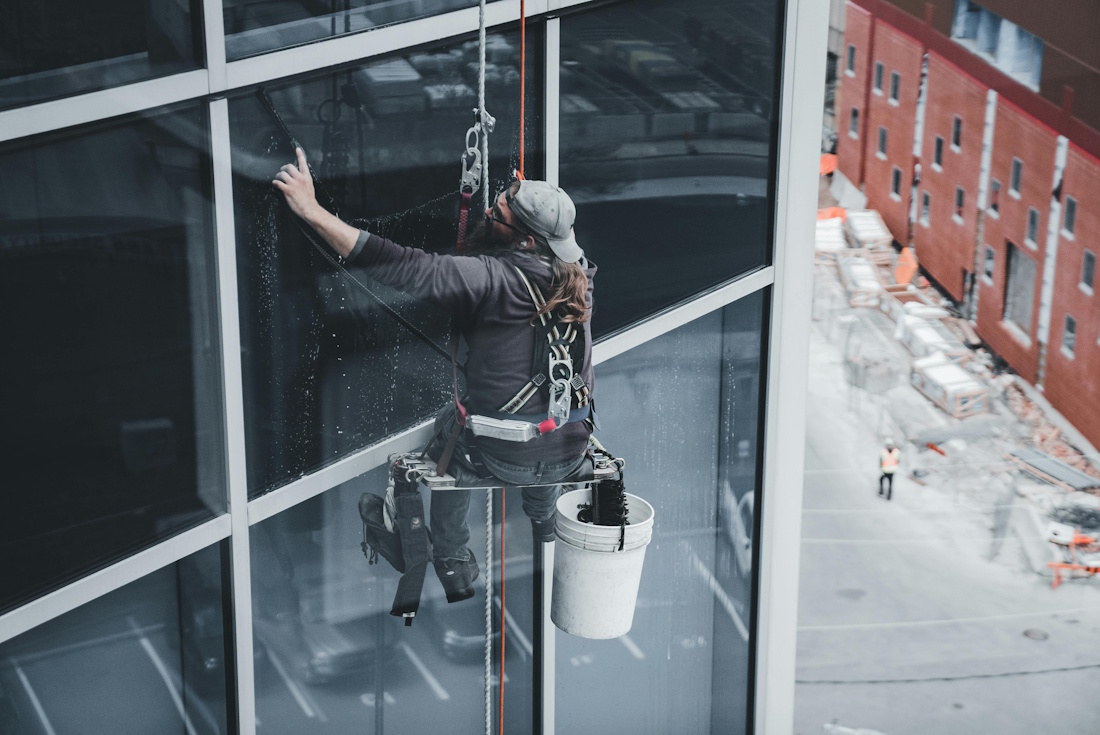
The tenant renting the office must ensure the safety of their employees, from implementing fire evacuation procedures to providing ergonomic furniture. Tenants should conduct their own risk assessments, implement a first aider and ensure that all their own equipment is safe and tested.
Health & Safety in Coworking and Serviced Offices
For those renting a serviced office or coworking space, health and safety responsibilities are typically placed on the provider. However, this doesn’t mean that tenants don’t have any responsibilities.
Serviced office providers, like landlords of traditional spaces, ensure that the building and its fire safety systems are compliant, as well as ensuring that communal areas are clean and hazard-free.
However, unlike traditional landlords, providers will maintain lighting, ventilation and electricity systems throughout the building and workspaces while making sure that there are clear emergency procedures in place.
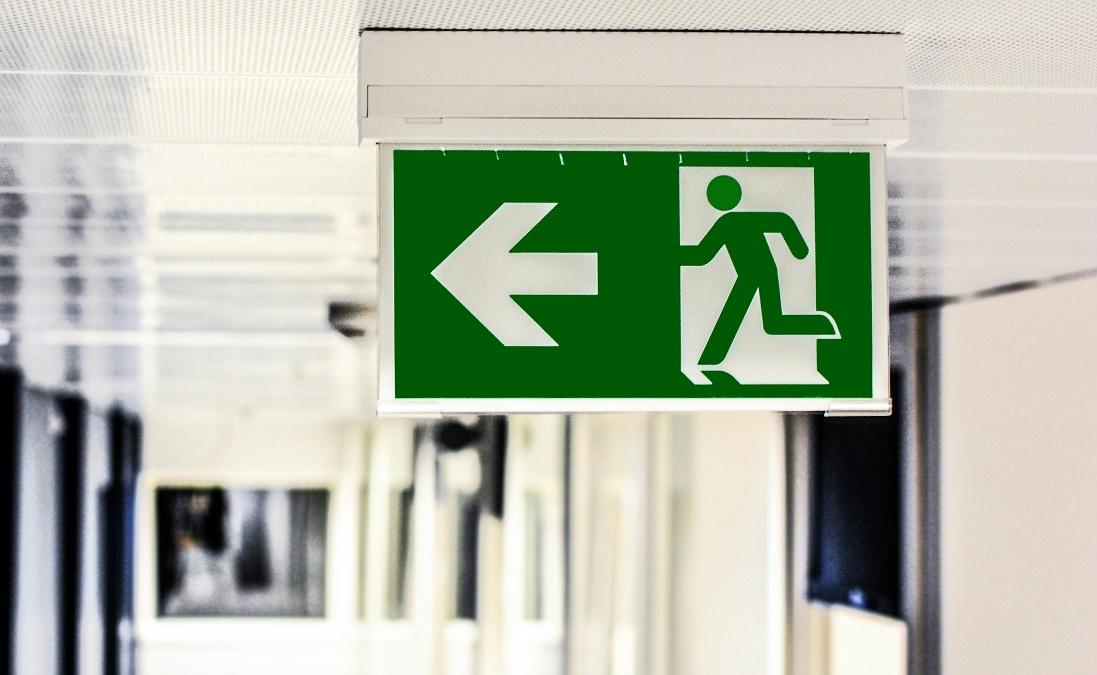
In a serviced office building, employers are still responsible for the safety of their own teams. This includes assessing workstation ergonomics, promoting safe working practices and reporting potential hazards to the provider.
Serviced office providers make it easier for businesses to comply with health and safety regulations as they often have a trained team on-site to support tenants, but safety in a serviced space is a shared effort.
Common Health & Safety Mistakes to Avoid
We have compiled a list of the most common health and safety mistakes which should be avoided when renting office space:
• Assuming the landlord or serviced office provider is responsible for everything.
This is one of the most common misconceptions. As mentioned, landlords and serviced office providers ensure the structural safety of the building, with the latter even taking care of the electricity and ventilation systems. But the safety of your staff is down to you. Always ask for a breakdown of responsibilities in writing to avoid confusion.
• Not carrying out regular risk assessments.
A risk assessment will help to identify potential issues before they become hazards. By not conducting assessments regularly, you are putting your business and staff at risk. Aim to conduct a risk assessment annually and whenever you move offices. Even if you’re changing the layout of your current space, conduct a risk assessment, as more desks or partitions can affect airflow and overall safety.

• Forgetting to review responsibilities after moving office.
Not all leased space landlords or serviced office providers are the same. You must check your health and safety responsibilities whenever you move offices, even within the same building or with the same provider.
• Neglecting employee comfort.
Ergonomic furniture should be a staple in any workspace. Uncomfortable chairs and desks can lead to long-term health issues like repetitive strain injury, sight problems and back pain.
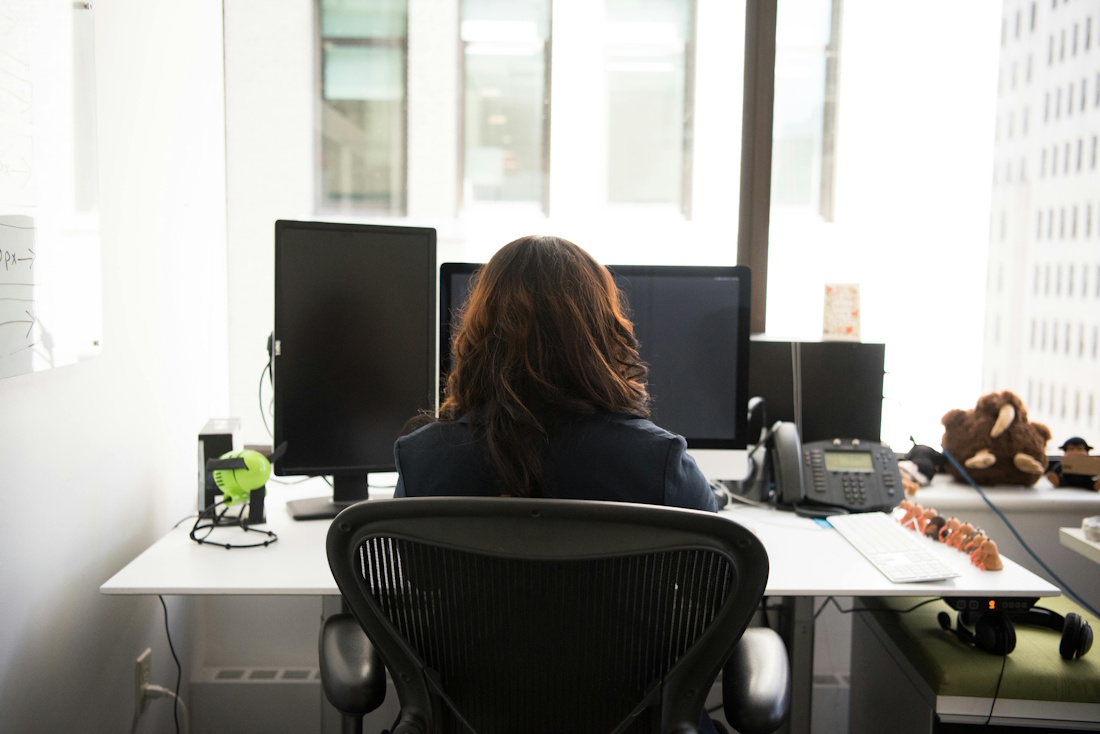
• Not checking whether the building is accessible.
If a building isn’t accessible, it can breach the Equality Act 2010. This requires employers to make reasonable adjustments for disabled people. More importantly, an inaccessible building poses a safety risk in an emergency.
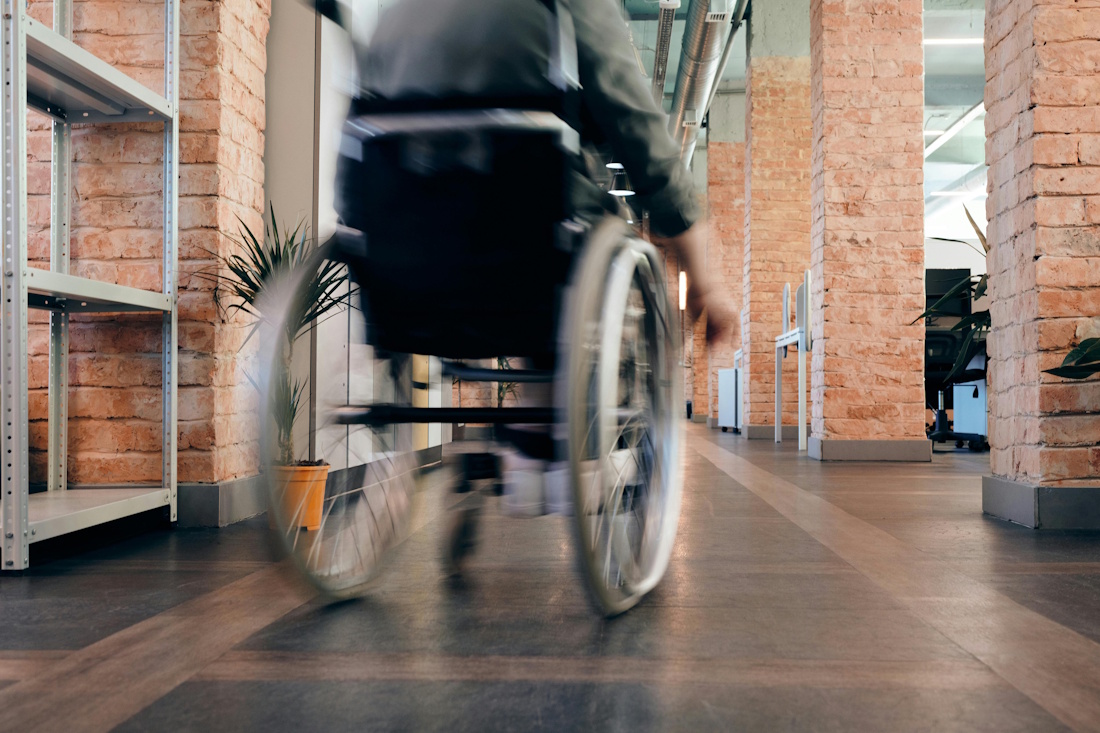
• Lack of clear emergency procedures.
You’re at risk if your staff don’t know what to do in an emergency or if they don’t know where the fire exits are. In serviced offices, the provider will have clear emergency protocols, but it is still your responsibility as an employer to make sure your employees are aware of these.
• Not offering health and safety training.
Every employee should be trained on basic health and safety. In a leased space, you may also need a trained first aider. Organisations often skip this training and assume that it is handled by the building management.

• Ignoring incident reporting.
Unreported or ignored incidents can quickly escalate. Staff should have a simple way of reporting safety concerns, such as frayed wires or faulty equipment.
Health and safety responsibilities in an office space you rent are shared, but not 50/50. Landlords and serviced office providers are generally responsible for the building itself, whilst you are responsible for your office space and your staff.
This means that there is often room for doubt and confusion, which is why it is crucial to clarify responsibilities before signing an agreement. Ensure you’re asking questions, regularly reviewing your responsibilities and always get any amendments in writing.
So, before moving in, make sure you know exactly what you are responsible for, and you can then focus on running your business.







